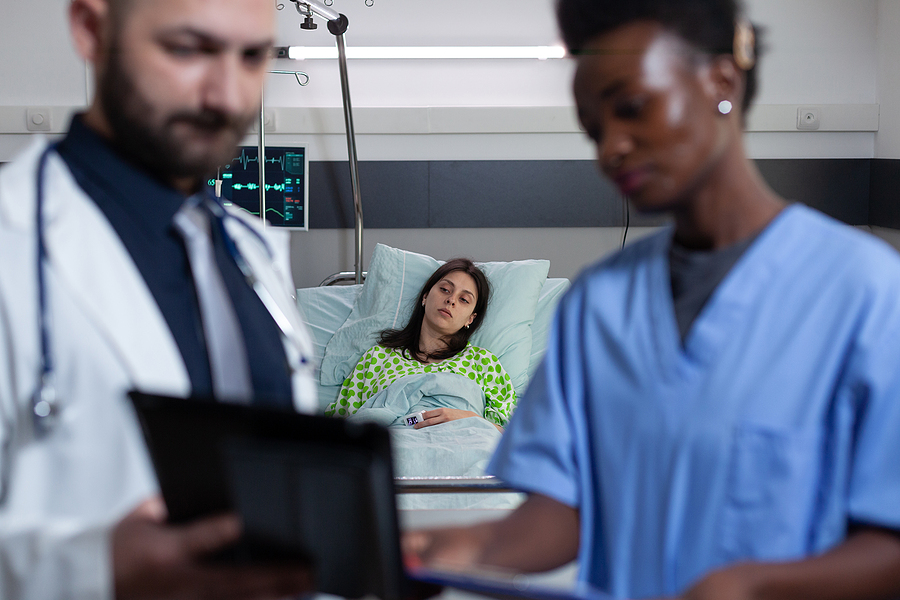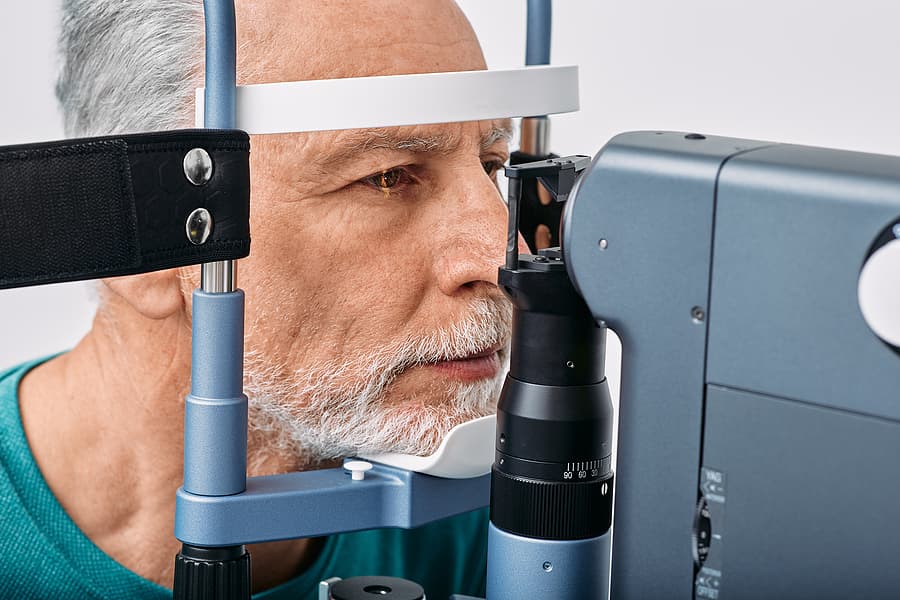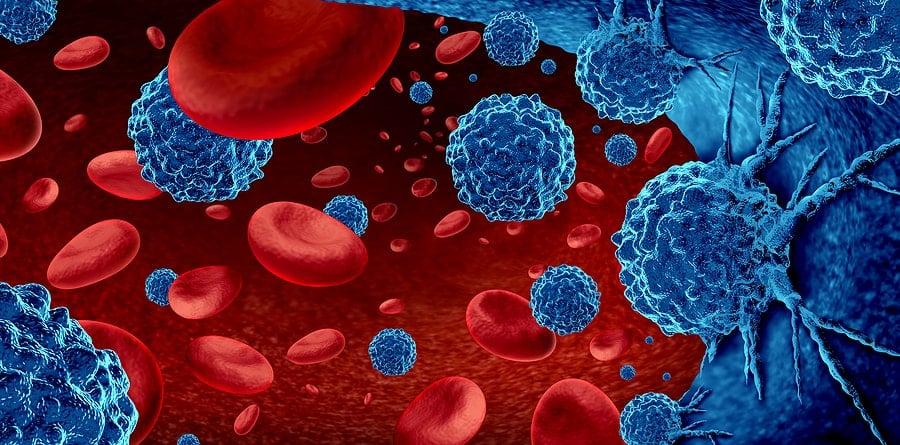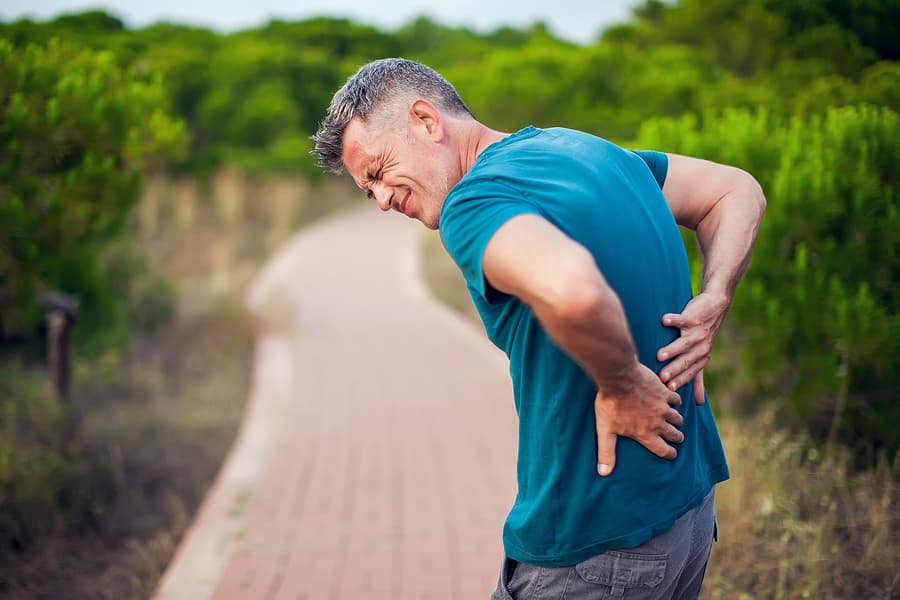The Effort to Reach Retail Employees at Ground Zero Intensifies

Downtown workers are, by far, the largest group of people sickened by the toxic 9/11 fallout. It is estimated that at least 300,000 downtown workers were exposed to the same toxic dust and fumes as the first responders. Since 911, at least 15 employees/vendors at Century 21 have been certified with 9/11-related medical conditions, and at least two have died. Twenty-one shoppers at the department store on 9/11 also received diagnoses for 9/11-related illnesses, as have 19 first responders who conducted recovery operations in the building. Did you know that the effects of 9/11 also impact retail workers?
But after receiving reassurance from the Environmental Protection Agency (EPA) that the dust did not pose a significant health risk, companies in the exposure zone (south of Canal Street), including Century 21 and countless other local retailers and small businesses, reopened. Unfortunately, in the years that followed, many of those shop owners and employees who became a symbol of the resilience of New Yorkers after 9/11 fell ill.
No exact tally exists of the retail workers in Lower Manhattan who developed illnesses after being exposed to the toxic 9/11 dust because records for many businesses in the area were lost or, in some cases, never existed. But that hasn’t stopped retail business workers from reaching out on social media to let former employees know about the health risks and that medical and financial help is available.
Misinformation Led to Unnecessary Exposure, But No Accountability
Just three days after the terror attacks of September 11, 2001, then-EPA Administrator Christine Todd Whitman reported that air samples taken at the site revealed no cause for concern of toxic exposure.
A week after the attacks, Whitman made a public statement that the agency’s monitoring showed that the air around Ground Zero was safe to breathe and that the water in Lower Manhattan was safe to drink. There is little doubt that numerous retail workers returned to their jobs in Lower Manhattan by relying on Whitman’s assurances.
But they were misled. In 2003, the EPA inspector general’s report found that Whitman did not have the necessary information to support her assurances. It also found that the White House had inappropriately influenced the EPA’s public messaging in a misguided effort to assuage public anxiety about 9/11-related health risks.
In 2006, a U.S. District Court judge allowed a federal lawsuit against Whitman, filed by residents, students, and office workers who had trusted the EPA chief’s declaration that the air was safe near Ground Zero to proceed, calling Whitman’s actions “conscience-shocking.”
But two years later, a panel of judges on the U.S. Court of Appeals in Manhattan reversed that decision. It held that Whitman was not liable for misleading the public because she did not intend to cause harm, and her actions did sufficiently shock the conscience to waive her immunity as a federal official.
Around the 15th anniversary of 9/11, Whitman offered an apology of sorts. “I’m very sorry that people are sick,” she said in an interview. “I’m very sorry that people are dying, and if the EPA and I in any way contributed to that, I’m sorry. We did the very best we could at the time with the knowledge we had.”
The Numbers on Toxic Dust Exposure in Lower Manhattan
In November 2001, the NYC Health Department helped create a registry devoted to tracking the health effects of people exposed to the toxic dust at Ground Zero.
In 2003 and 2004, the registry began voluntary enrollment for people who lived, worked, or attended school in the exposure area, with the following estimates:
- 360,000 people occupying buildings or passing by the area on 9/11
- 91,000 rescue workers and volunteers
- 57,000 residents of Canal Street
- 15,000 children and staff members attending schools in Lower Manhattan
During the registration period, more than 71,000 enrolled in the registry. Eighty-three percent of those registered were occupants or workers in buildings near Ground Zero, like Century 21’s employees.
Seventy percent of the registry members who participated in the first survey stated that they witnessed traumatizing events, including more than half who saw people running away from the dust cloud. Nearly half reported seeing the buildings collapse. A third witnessed seeing people get injured or killed, and 29 percent reported seeing an airplane hit a tower or people jumping from buildings.
Eighty-three percent of building occupants were evacuated from their workplaces, and 61 percent of residents evacuated from their homes. However, many respondents reported returning to work and home within a few days.
9/11 Illnesses Suffered by Lower Manhattan Retail Workers
In 2011, the passage of the James Zadroga 9/11 Health and Compensation Act created the World Trade Center Health Program (WTCHP). It combined existing 9/11 assistance programs into a single initiative that would provide free medical monitoring and treatment of 9/11-related medical conditions for anyone who had a toxic exposure in Lower Manhattan or another 9/11 site.
The Program developed a certification process for 9/11-related disorders, which the September 11 Victim Compensation Fund (VCF) uses to determine an individual’s eligibility to receive financial compensation for 9/11-related illnesses and losses.
The WTCHP divides its membership into four groups: FDNY responders, individuals who developed a medical condition as a result of their presence in the Lower Manhattan exposure area as a general responder on 9/11 or in the months that followed, individuals who developed a condition as a result of their presence in the exposure area as a survivor (someone who lived, worked, or attended school there) on 9/11 or in the months that followed, and individuals who developed a medical condition as a result of exposure to toxins at the other terror attack and cleanup sites at the Pentagon and in Shanksville, PA.
Currently, survivors make up about 28 percent of the WTCHP membership, according to the Centers for Disease Control and Protection (CDC), which administers the WTCHP.
The most common 9/11-related medical conditions among this group include:
- Aerodigestive disorders affect the aerodigestive tract, including the airway (pharynx and larynx), the pulmonary tract (trachea, bronchi, and lungs), and the upper digestive tract, which includes the esophagus. More than 11,595 living individuals who lived, worked, or attended school in the area on or in the months that followed 9/11 obtained a WTCHP certification of an aerodigestive disorder. More than 350 deceased members were also diagnosed with this type of illness.
- Cancer. Ground Zero toxic dust exposure causes dozens of cancers. More than 10,000 living WTCHP members in the survivor category have been certified for cancer through the Program and more than 500 now-deceased members.
- Mental health conditions, including PTSD. More than 6,000 survivors have obtained certification of a 9/11-related mental health disorder and more than 150 deceased members of the survivor group.
The most commonly diagnosed 9/11-related medical conditions include:
- Chronic rhinosinusitis, which more than 6,650 survivors developed.
- Gastroesophageal reflux disease (GERD) afflicted more than 5,500 survivors.
- Cancer, which was diagnosed in over 10,000 survivors.
- Asthma, for which more than 5,200 survivor members have obtained a diagnosis.
- Sleep apnea, diagnosed in more than 1,200 members of the survivor group.
Retail Workers: The Forgotten Victims of 9/11
Dozens of outreach efforts were directed toward individuals who fell ill after working on the rescue and recovery operations at Ground Zero. For instance, public safety agencies like FDNY and NYPD, which had many workers at the site both when the buildings came down and in the cleanup operations, have made a concerted effort to educate and enroll their employees in federal benefits programs.
But similar efforts to reach the thousands of Lower Manhattan retail workers who suffered the trauma of 9/11 and its aftermath also took place. A lawyer representing some of the Century 21 employees described this group as “the forgotten victims of 9/11.”
Fewer than 10 percent of the estimated population of retail workers at or near Ground Zero who suffered toxic exposures sought assistance from the WTCHP. This is far less than the estimated number who do or will suffer from 9/11-related health conditions.
Many current and former Lower Manhattan retail workers are now asking why their employers have not stepped up over the past twenty years to notify them of the health risks and the medical assistance and financial benefits available through the WTCHP and VCF.
The need to do so is especially urgent because, unlike public sector workers, many retail workers left their jobs and the area soon after 9/11 and may remain unaware of their toxic exposures and rights to assistance. Further, a significant percentage of undocumented retail workers in small businesses like bodegas and restaurants may have suffered toxic exposures and may not realize that they have a right to benefits.
It’s Not Too Late to Get Needed Help from WTCHP and VCF
For the many thousands of retail workers like Lori Ellis who suffered a rare form of skin cancer related to her toxic exposure while working at Century 21 the memories of 9/11 will never completely fade. Neither will the health risks and illnesses, which is why those workers need alerts about the federal programs created to assist them.
As more retail employees learn about their rights and receive diagnoses of 9/11-related health conditions, membership rolls for the WTCHP and registrations for the VCF should continue to increase.
If you were exposed to the toxic dust plume as a retail worker at a building within the Lower Manhattan 9/11 exposure area, you have the right to receive a free annual medical screening from the WTCHP. If you receive a diagnosis of a 9/11-related health condition, you can also obtain free treatment for the condition from the Program, including coverage for the cost of prescription medications.
Hospitals designated as Clinical Centers of Excellence in New York and throughout the nation in the Program’s Nationwide Provider Network provide WTCHP services.
Additionally, as a 9/11 survivor, you can register with the VCF within two years of the date on which you obtained WTCHP certification of a 9/11-related medical condition. Registering with the VCF reserves your right to file a claim for financial benefits. Once you have registered, you can file a claim at any time until October 2090. But you cannot file a claim without registering with the VCF.
The VCF provides 9/11 survivors compensation for wage loss, pain, and suffering that resulted from falling ill with a 9/11-related illness. Individuals with a non-cancer condition can obtain up to $90,000 in pain and suffering compensation through the fund.
Those who suffer from 9/11-linked cancer can obtain up to $250,000 in pain and suffering compensation.
The application for both programs requires many documents to prove your illness and presence in the exposure zone.
If you were a retail worker exposed to toxic air and dust in Lower Manhattan on or after 9/11, and you would like to obtain more information about your right to benefits from the WTCHP and VCF, contact a 9/11 benefits lawyer for a free case evaluation.



